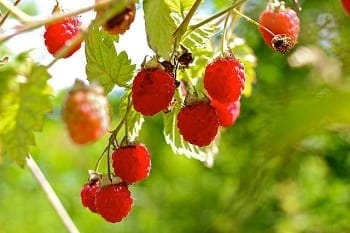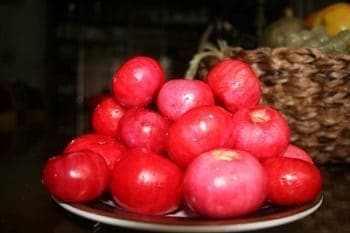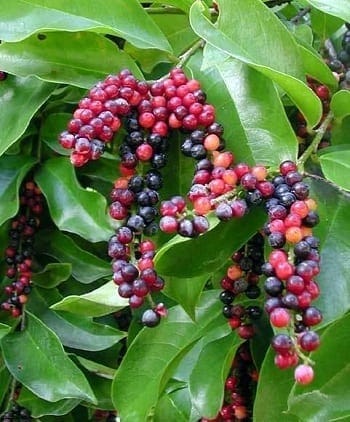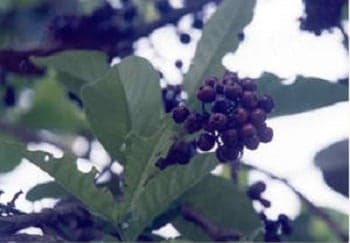7 Philippine Fruits You Probably Don’t Know
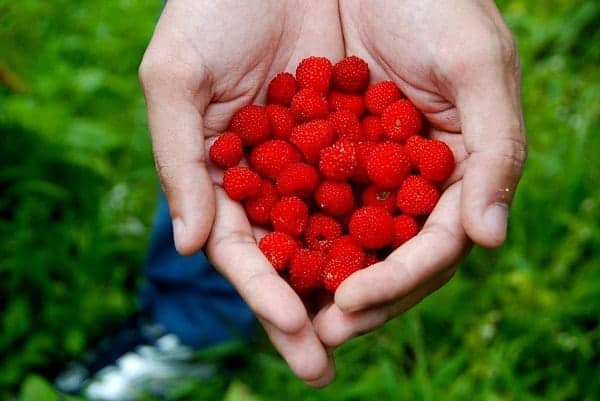
Philippine fruits are among the most mouth-watering varieties in the world. Rich in nutrients, tropical fruits such as mango, durian, and lanzones have tickled local and foreign taste buds alike.
The country’s fruit industry also plays a crucial role in the economy. In 2011 alone, the Bureau of Agricultural Statistics (BAS) reported a 2.34% growth in the agricultural sector. As a result, experts are now in continuous search for innovations that will benefit Filipinos whose livelihood depends on the fruit industry.
And this is when lesser-known Philippine tropical fruits come to the picture. With the right cultivation, these untapped resources can potentially generate new sources of jobs, livelihood, and food security. Here are just 7 Philippine fruits that badly need some exposure:
1. Sapinit
Scientific name: Rubus rosifolius Linn.
Also known as Philippine wild raspberry
Fruity details: Discovered in 2009 by OFW Dionisio Pullan, sapinit is a type of shrub that typically grows in Mt. Banahaw. It features a prickly stem which makes it a raspberry instead of strawberry. Sapinit can grow as high as six feet and has a unique sweet-sour-bitter taste.
With the help of the Bureau of Agricultural Research and its partnership with the Quezon Agricultural Experimental Station (QAES), sapinit has been processed into jam, juice, and wine. Laboratory analysis has shown that sapinit is rich in phytochemicals that inhibit the development of Alzheimer’s disease and certain types of cancer.
2. Galo
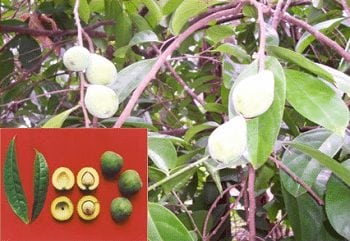
Scientific name: Anacolosa frutescens
Also known as Salungugapit
Fruity details: Considered as an undomesticated species, this egg-shaped fruit comes from a medium-sized tree that grows in the Philippines as well as Thailand, India, Malaysia and other countries in South East Asia.
The oblong fruit typically measures 1.8 – 2.0 cm long and features a distinct light green color. Its thick pulp or flesh is often eaten raw although you can also boil it to bring out a more delectable taste.
The kernel (seed), on the other hand, can either be boiled or roasted. To prolong the fruit’s shelf life, local folks recommend to sun-dry the fruit for three days before storage.
3. Hagis
Image source: lovingsorsogon.blogspot.com
Scientific name: Syzygium tripinnatum (Blanco) Merr.
Fruity details: Hagis is a midsized tree that grows up to 20 m. high. More common in the provinces of Sorsogon and Bicol, the white hagis fruit turns cherry red upon maturation. Its pulp is juicy yet sour. You can enjoy eating it raw or you can mix it with salt or sugar to neutralize its sour taste. Like sapinit, the hagis fruit can also be processed into jam, jelly, or juice.
4. Bignay
Image source: www.onlyfoods.net
Scientific name: Antidesma bunius (L.) Spreng.
Also known as Salamander tree
Fruity details: Bignay is another tropical Philippine fruit which grows from a shrub. It is characteristically thin-skinned and purple to dark red in color. Rich in antioxidants, its sour flesh can be eaten raw or processed into homemade products such as wine, tea, jelly, and jam. Bignay is more common in Nasugbu and Lipa, Batangas as well as some provinces in the Visayan region.
5. Lipote
Image source: www.agnet.org
Scientific name: Syzygium curranii (C.B.Rob.) Merr./Syzygium cumini
Also known as Jambolan Plum, baligang (Bicolano) or igot (Waray)
Fruity details: Lipote belongs to the same family as the clove. Its fruit comes in clusters and has a distinct purple to almost black color. It is similar to the fruit duhat but differs due to its compact clusters. The flesh is slightly sour but turns sweet when ripe. An excellent source of Vitamin C, lipote can be eaten raw or processed into agricultural products like jelly, juice, jam, and wine.
6. Biriba
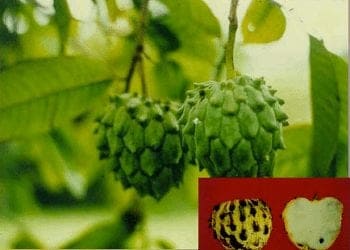
Scientific name: Rollinia mucosa
Also known as Wild sweet sop or wild cashina
Fruity details: Biriba has its origin in the Brazilian-Peruvian Amazon. Heart-shaped and rich in hexagonal protrusions, this fruit is one of the few known edible species of the genus Rollinia. It measures 9 cm. in diameter and features white, juicy flesh and several brown seeds.
Biriba is known for its creamy texture that’s why it is usually eaten fresh or prepared as juice, sherbet, and other desserts. Its grounded seeds, on the other hand, can be used as an insecticide.
7. Rimas
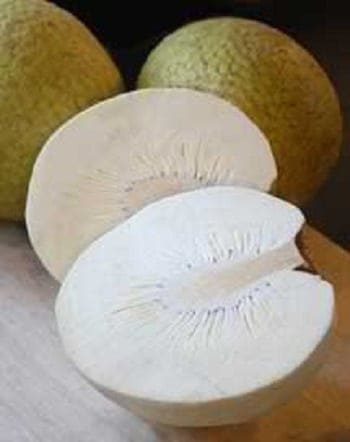
Image source: National tropical Botanical Garden
Scientific name: Artocarpus altilis
Also known as Breadfruit
Fruity details: As its name suggests, breadfruit or rimas smells like freshly baked bread when cooked. It is believed to have originated in the South Pacific. In the Philippines, rimas is usually cultivated as an ornamental plant while its fruit is either boiled or made into candies.
Roasted breadfruit resembles chestnuts both in terms of aroma and texture. It is rich in carbohydrates and is also an excellent source of calcium, magnesium, vitamin A, and protein among others.
FilipiKnow
FilipiKnow strives to ensure each article published on this website is as accurate and reliable as possible. We invite you, our reader, to take part in our mission to provide free, high-quality information for every Juan. If you think this article needs improvement, or if you have suggestions on how we can better achieve our goals, let us know by sending a message to admin at filipiknow dot net
Copyright Notice
All materials contained on this site are protected by the Republic of the Philippines copyright law and may not be reproduced, distributed, transmitted, displayed, published, or broadcast without the prior written permission of filipiknow.net or in the case of third party materials, the owner of that content. You may not alter or remove any trademark, copyright, or other notice from copies of the content. Be warned that we have already reported and helped terminate several websites and YouTube channels for blatantly stealing our content. If you wish to use filipiknow.net content for commercial purposes, such as for content syndication, etc., please contact us at legal(at)filipiknow(dot)net

